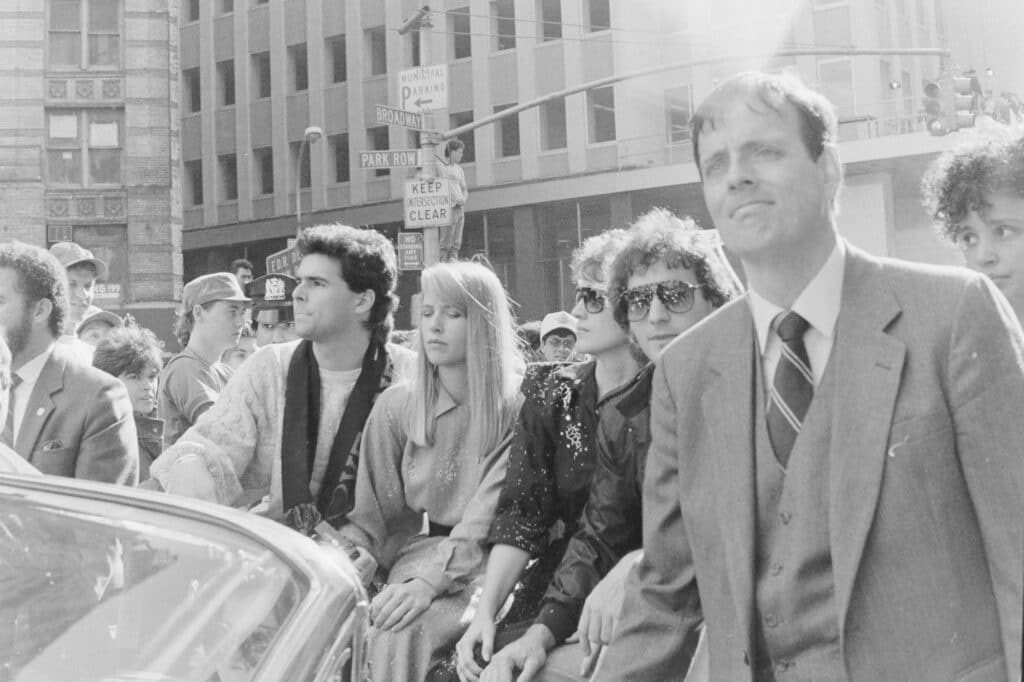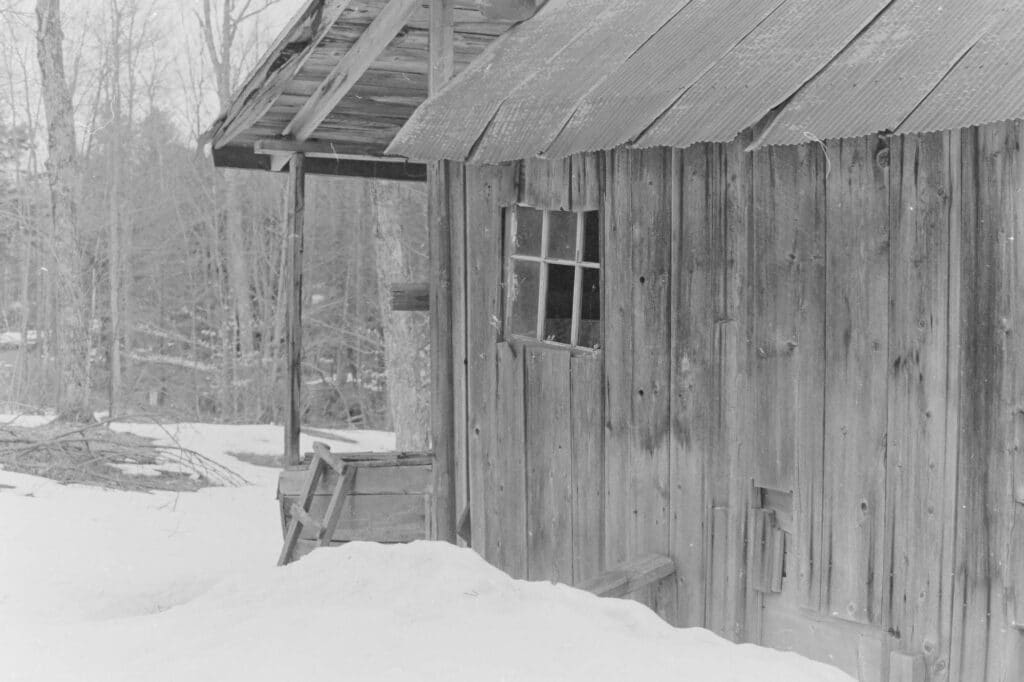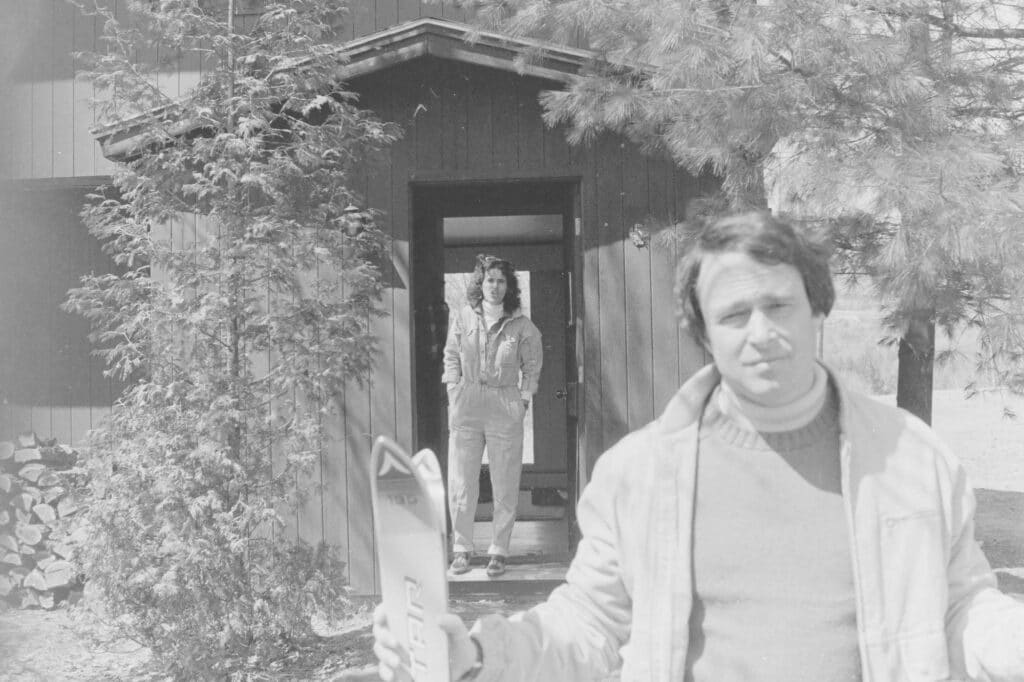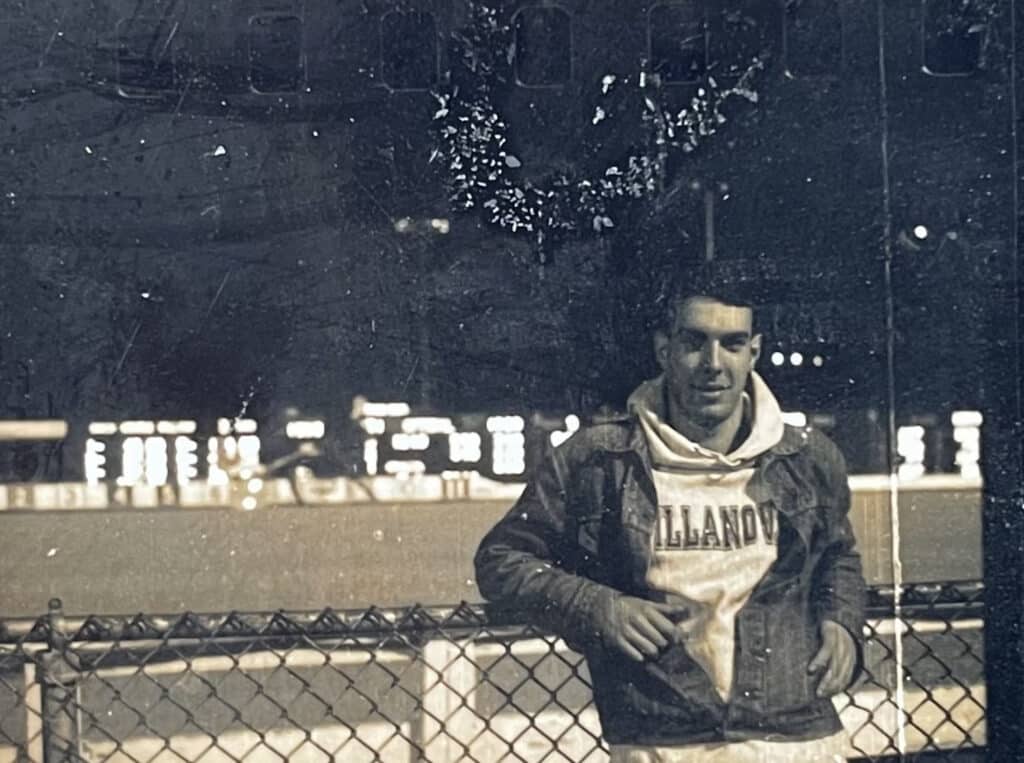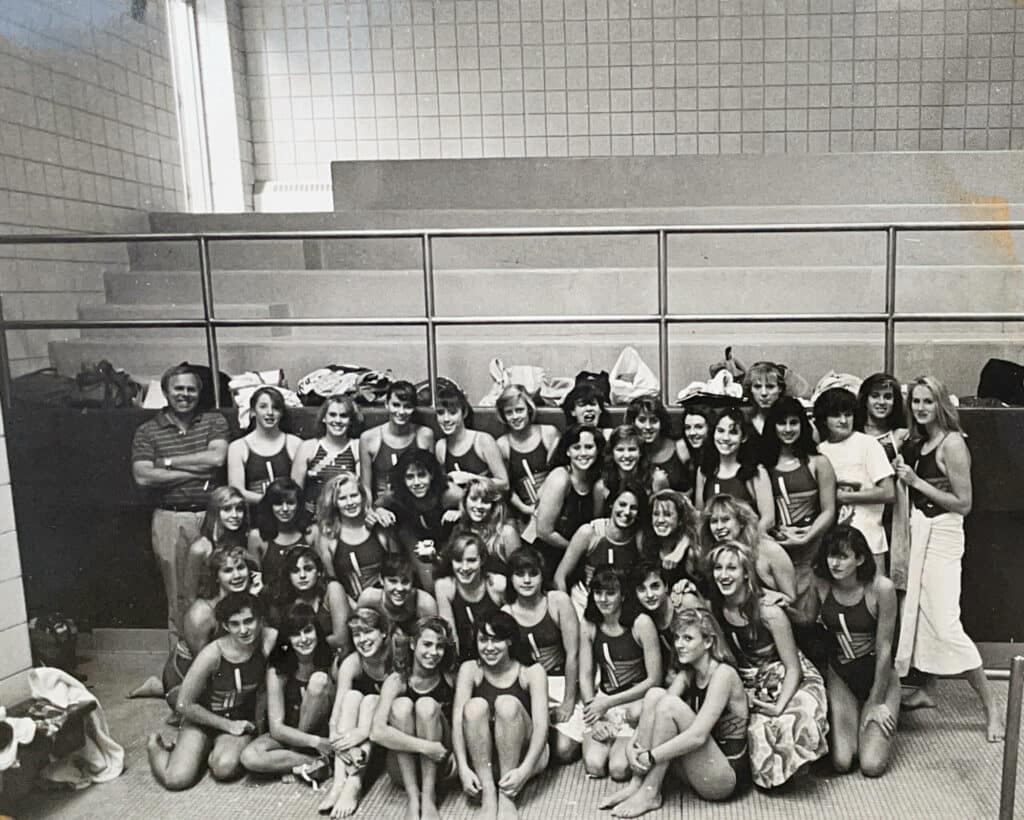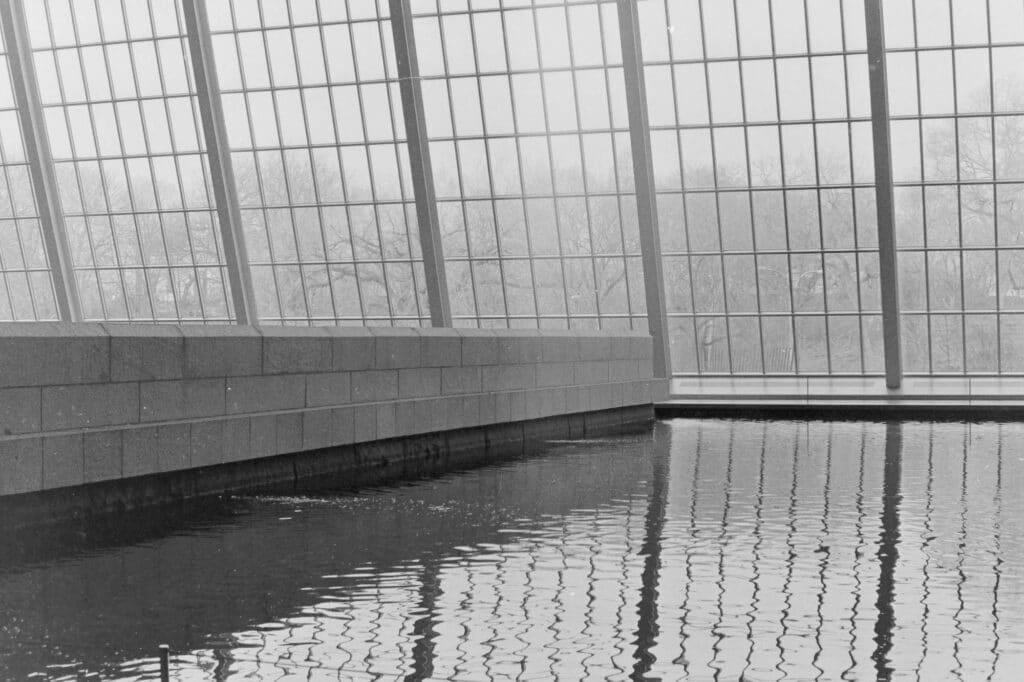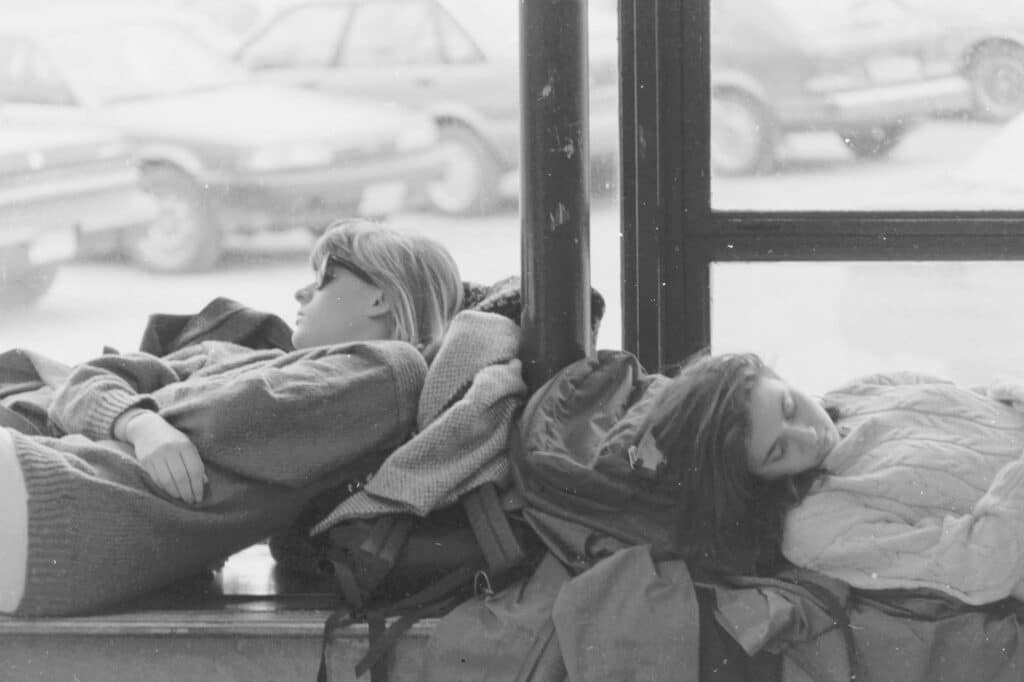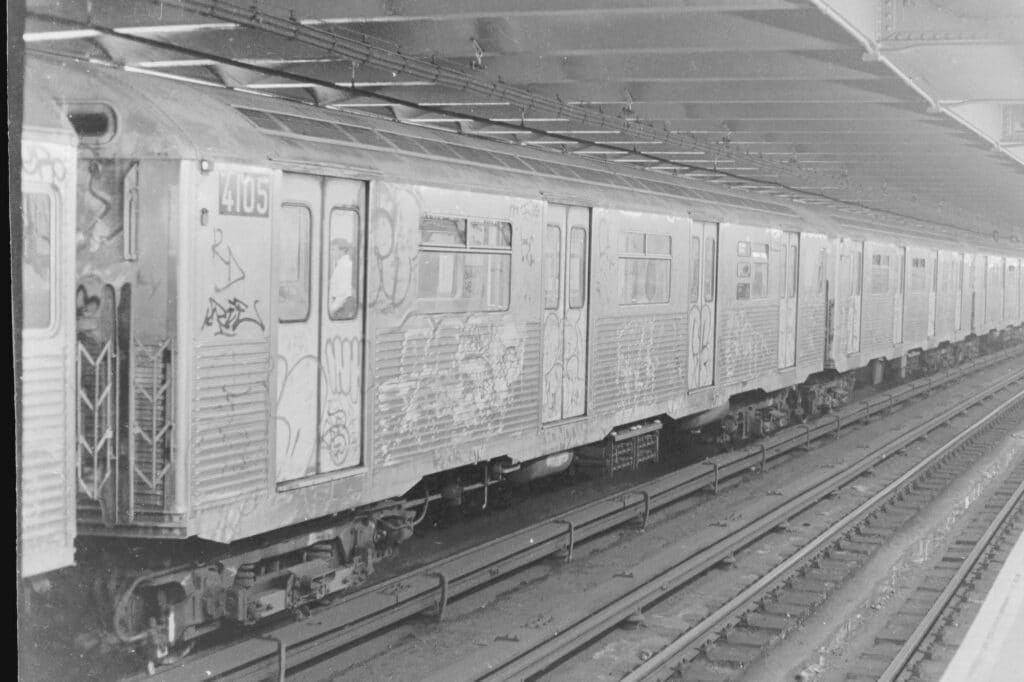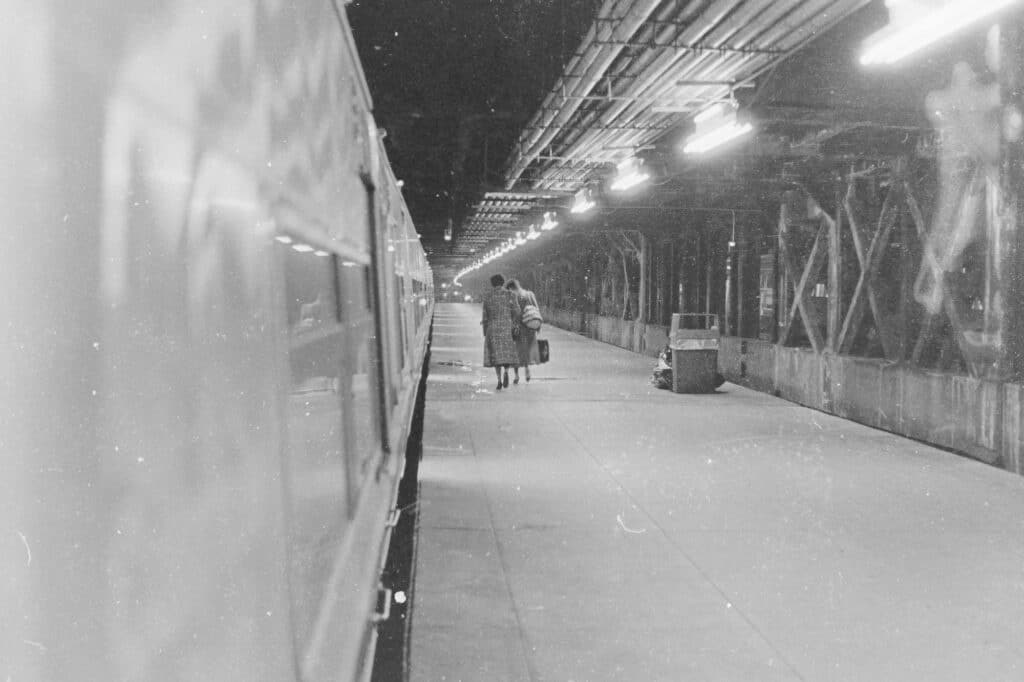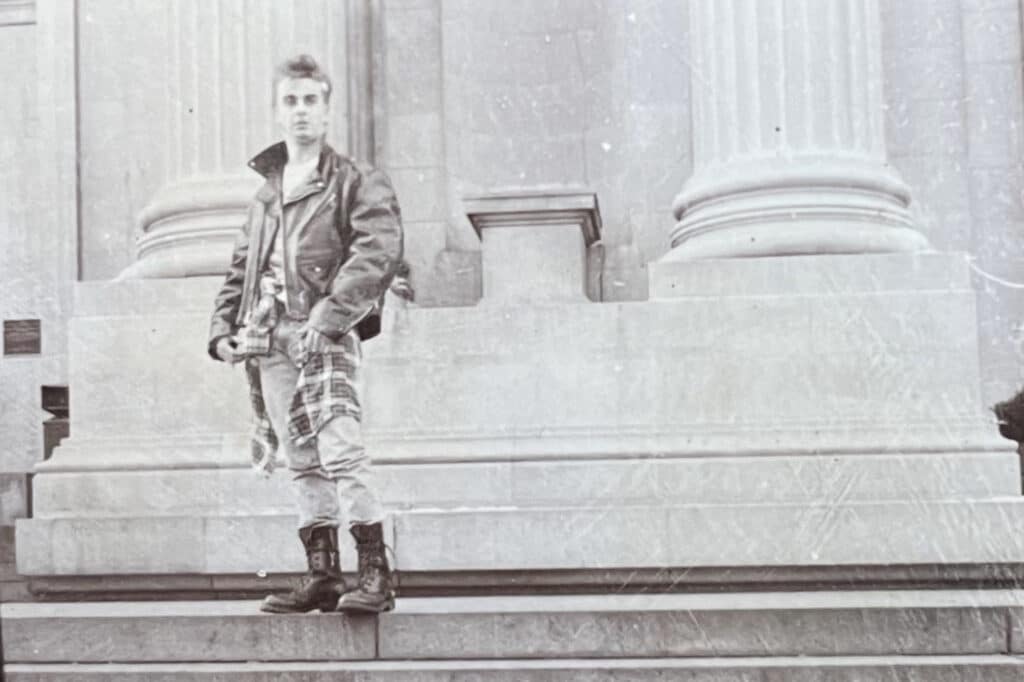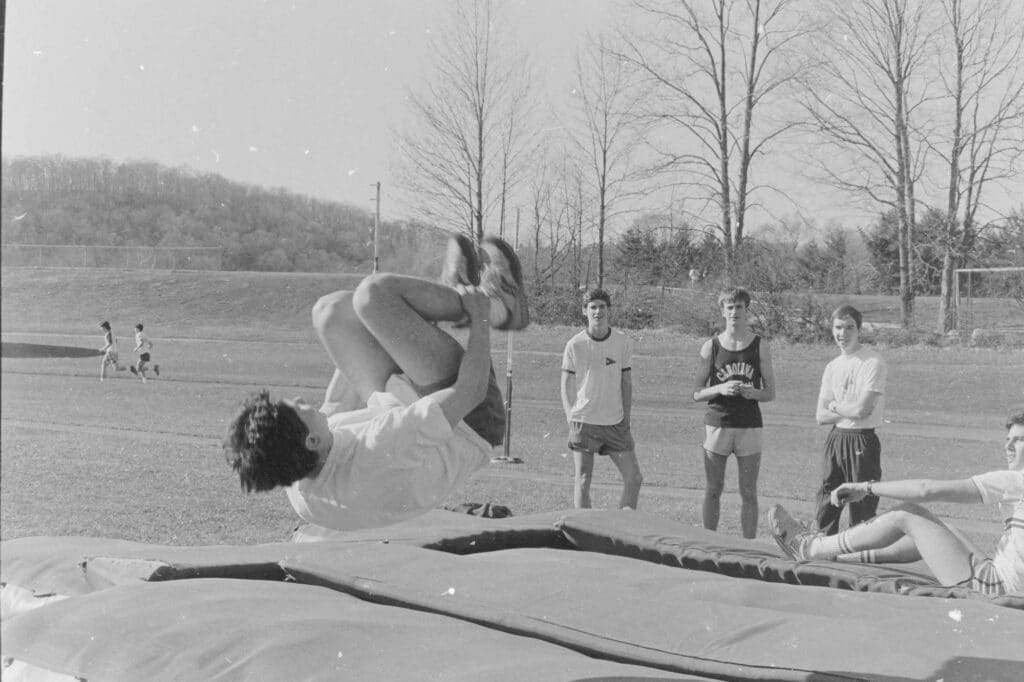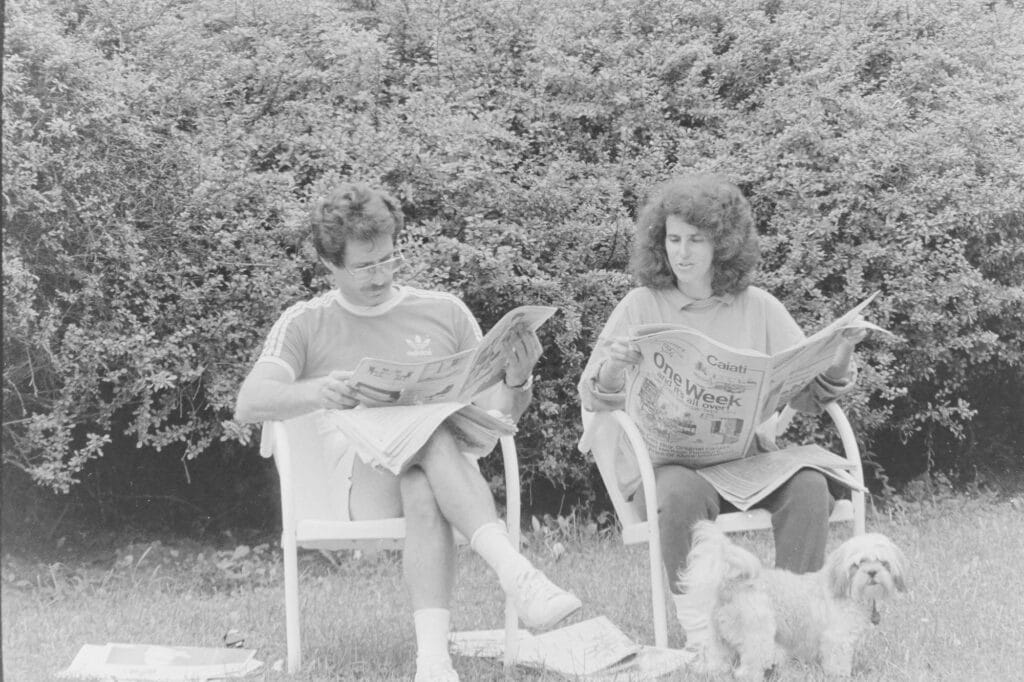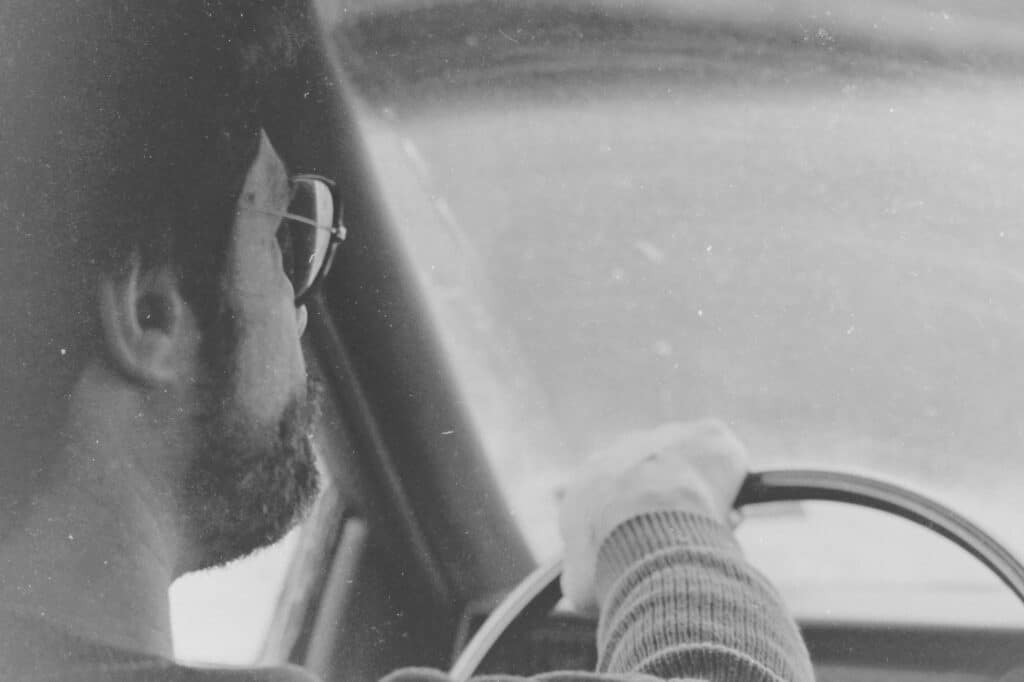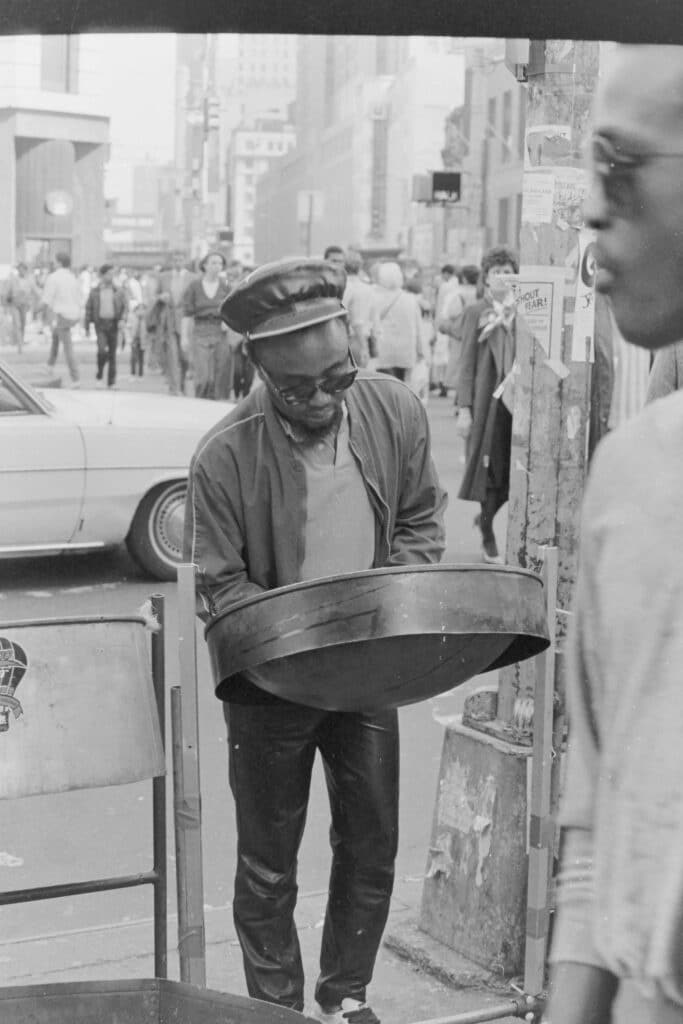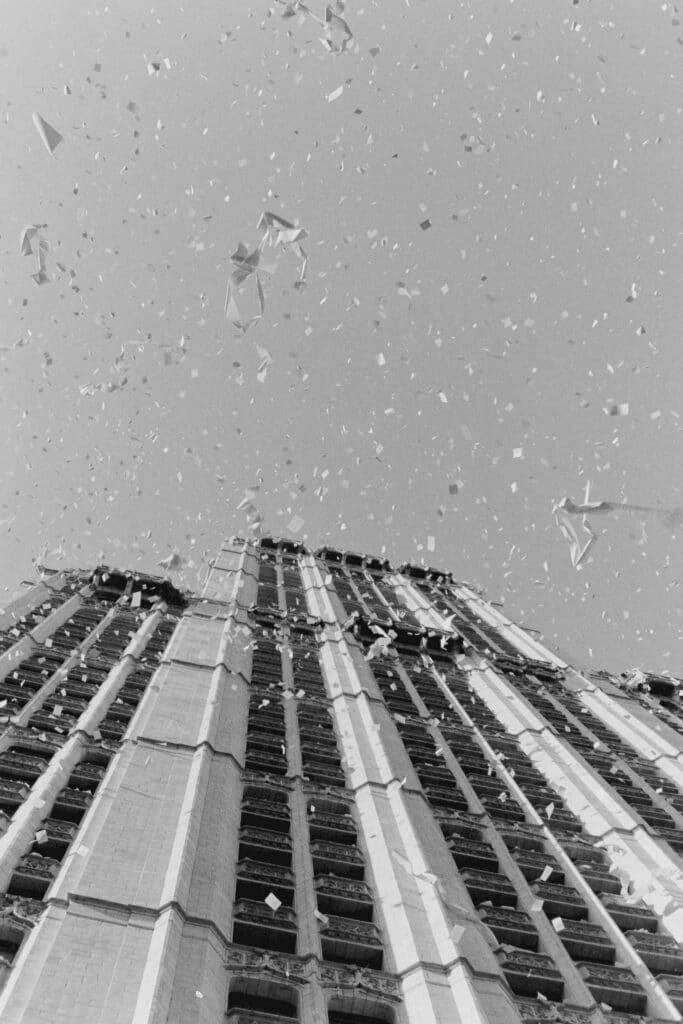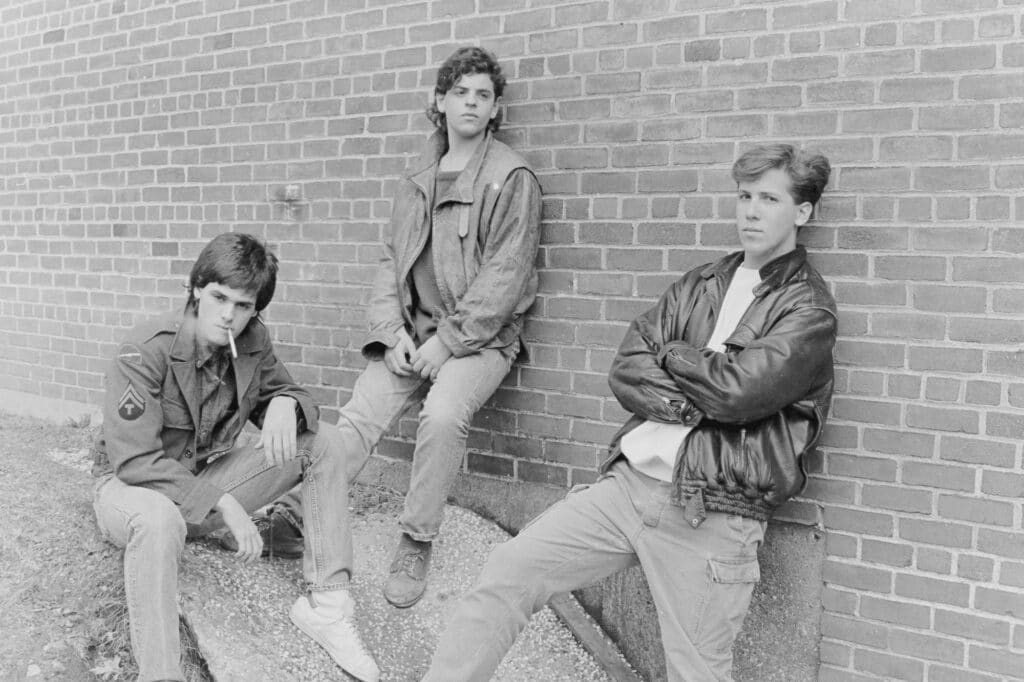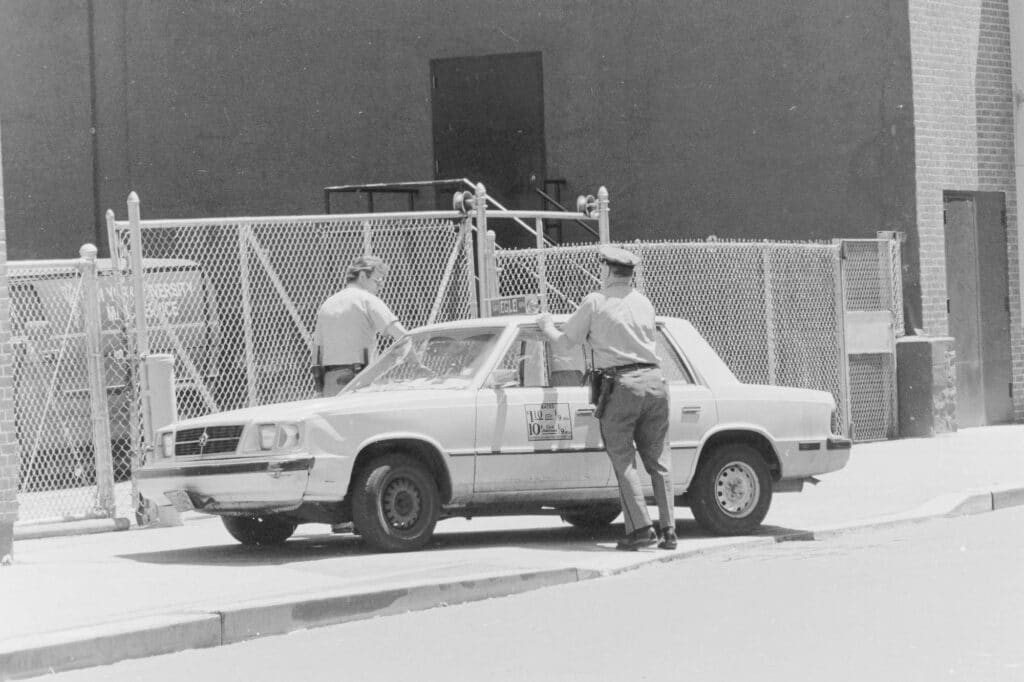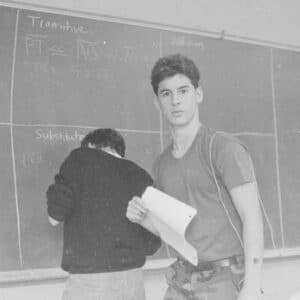In a moment of serendipity, I recently stumbled upon a dusty old box of negatives and contact sheets from my teenage days in the 1980s. I went by the name “Mylerdude,” back then, and I loved capturing life around me with my camera. As I poured over these images, I felt transported back to a simpler time, when my only worries were snapping the perfect shot and making it to class on time. It was as if I had stumbled upon a time capsule, a treasure trove of forgotten moments.
I made it my mission to save and salvage these photographs that were hidden away and on the verge of being forgotten and created 80sphotokid.com to exhibit these incredible images that capture the very soul of Horace Greeley High School, the energetic streets of New York City, the tranquil landscapes of Chappaqua, NY, Vermont, Rhode Island, and beyond.
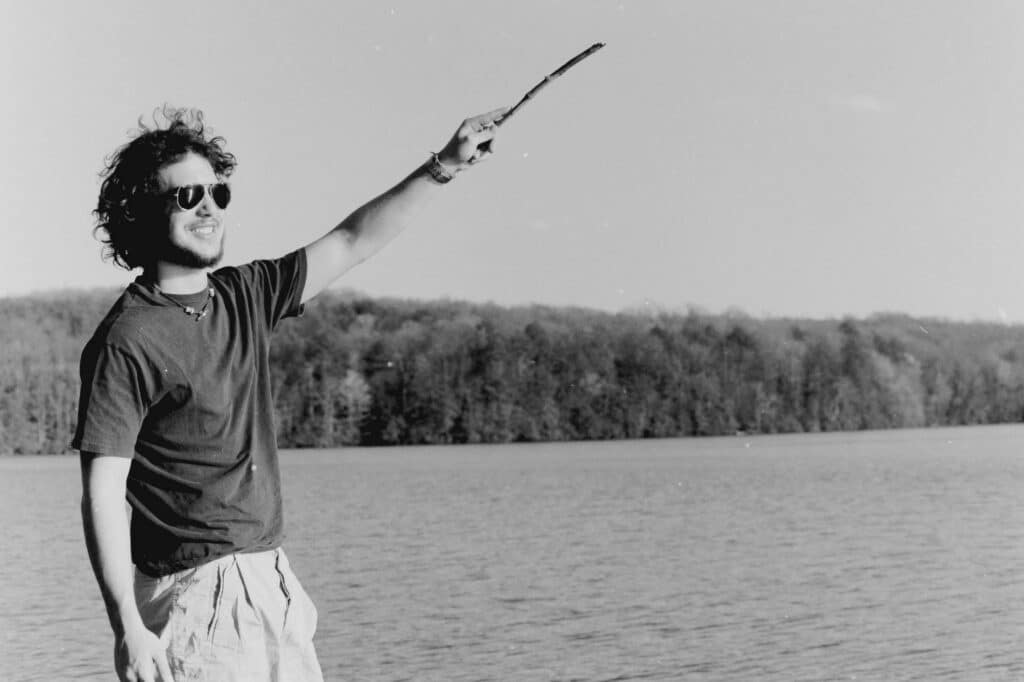
As the photo editor of Horace Greeley High School’s student newspaper, The Greeley Tribune (1986-1988), I captured the essence of student life, from the sports fields to the cafeteria, and everywhere in between. My role as the photographer for the school yearbook was demanding, but also very rewarding, as I captured the individuality of our campus and senior class through portraits that defied the conventional. I snapped them all: the teachers, the well-groomed preppies, the athletic jocks, the cerebral geeks, the free-spirited burners, the smokers, the eclectic new wavers, and even the hardworking lunch ladies.
My passion for capturing time was fostered by the school’s full-time photography department, which was led by the revered Glenn Swayne. Swayne was the gatekeeper of the darkroom, a mysterious space hidden behind a closet door in the hallway. Yet, within its walls lay a world of magic, a world where the right combination of chemicals, temperature, time, and agitation would transform the abstract into the tangible.
The darkroom was divided into three zones: the single-use rooms for handling film in complete darkness, the wet room, containing containers of chemicals and leaky sinks, and the true darkroom with its enlarger stations (some had better air-blowers and countdown clocks than others) and wet table under red lights. The simplicity of our darkroom’s engineering belied the power it held over our imaginations.
Early on, probably due to limited resources, I recognized the importance of highly organized contact sheets as a visual representation of my photo adventures and life experiences. I was fascinated by the idea of building a cohesive narrative through the series of photos I captured but didn’t have a lot of paper or film to spare, so it was always an exercise in keeping it simple. These lessons in frugality were learned from my parents, avid photographers in their own right who first introduced me to photography as I was often their subject.
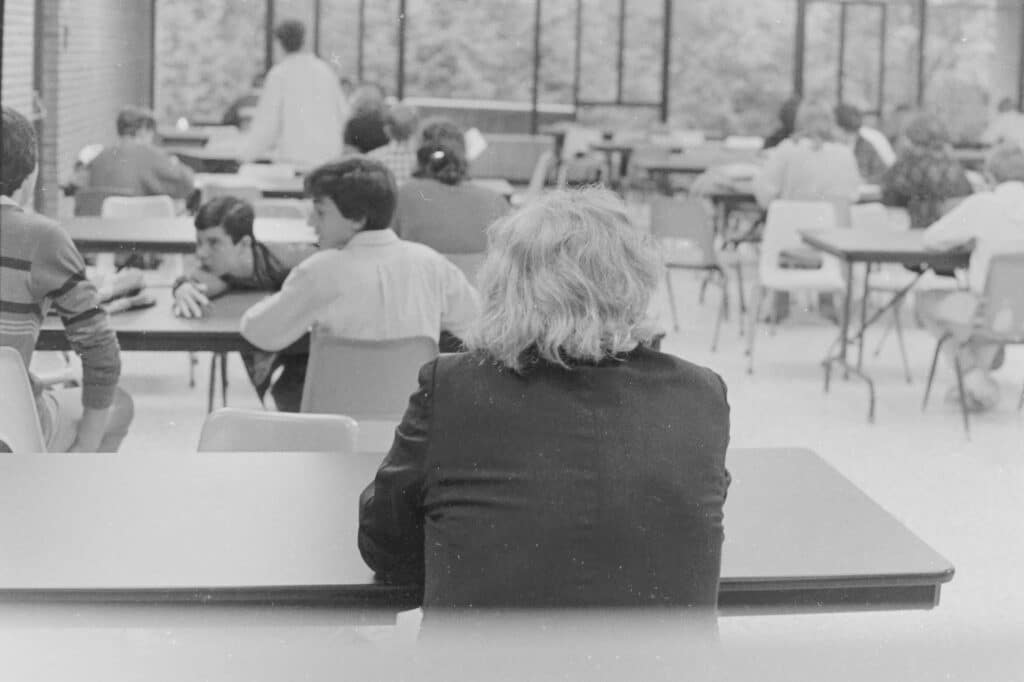
My parents would often compete with each other to who took the best vacation photos, as delivered by the mailman a few weeks after we got home. They bought me my first camera, a Kodak Instamatic 100 at Disney World in 1977. I received an upgrade for my Bar Mitzvah a few years later when I was gifted a Canon AE-1. I also scored 3 or 4 of those new-fangled Kodak Disc cameras that were all the rage in 1984 too! My AE-1 accompanied me everywhere I went and I burned through rolls of black and white film (usually Kodak Tri-X 400) and photo paper (usually Ilford 100), mowing neighborhood lawns to fund my passion.
We lived in an old Tudor house perched on a hill overlooking a hidden pond in Chappaqua, NY, an enclave of grassy and woodsy suburbs just north of New York City. My bedroom was tucked up in the attic where I had space to spread out with my various pet birds, my camera, and my music collection. My stereo was always on (loud) and 1980s music was a constant presence in my life. I collected records as most teenagers did and I kept track of them on index cards, making note of who was in each band, and when friends borrowed them and gave them back.
In the summer, Block Island, a small island 12 miles off the coast of Rhode Island, was our playground. Once, I captured a series of impromptu shark-eats-baby photos. I kept a “borrowed” arm of a CPR baby dummy in my camera bag and when we stumbled upon a dead shark on the beach my vision suddenly came to life.
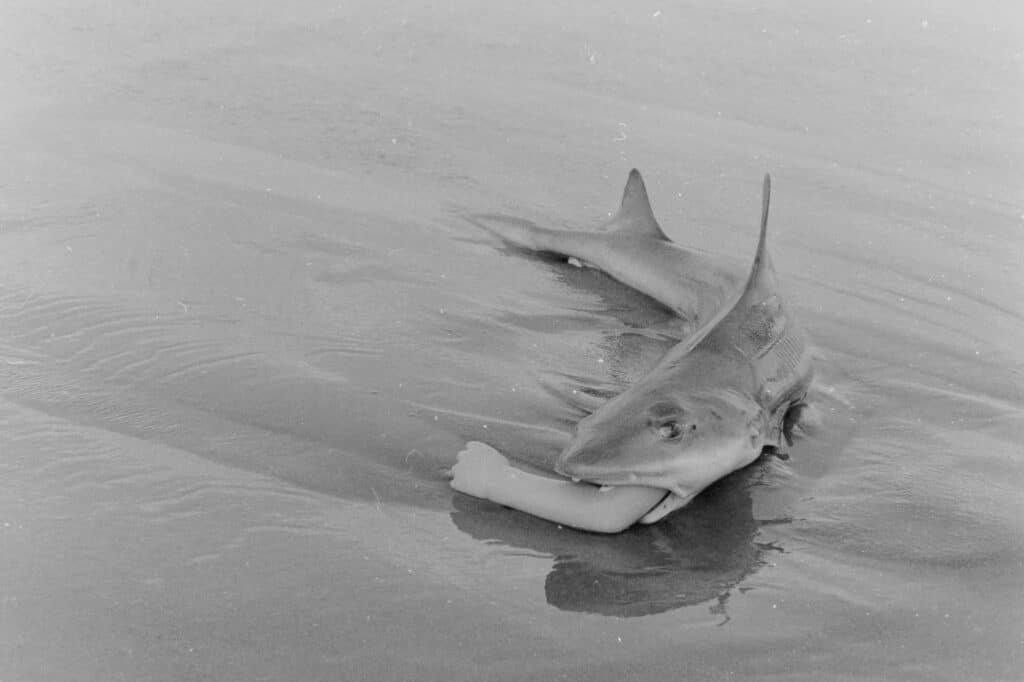
On that same vacation, my dad borrowed my camera and snapped a few photos when I didn’t expect it. I was initially frustrated as I saw it as a disruption and violation of the continuity of my soon-to-be manicured contact sheets. And we had a small argument over it. However, with time, I came to understand his perspective and the joy of capturing moments. This experience has since become a source of humor between us, and we laugh about it to this day.
Growing up as teenagers in the suburbs, we often jumped on the train to New York City as a fun, welcomed adventure. Our parents trusted us and we were off, cameras in hand, to photograph big city images and people. One time I almost lost my AE-1 to 3-card monte street hustlers. I was about to lay it down as a wager because I was confident I could beat them at their own game and was going to win the pot. My friend talked me down and I made it out unscathed. Close one!
Another time in NYC, I randomly encountered a Human Rights march that sprung up in the West Village. Marchers chanted “Shame! Shame! Shame!” to on-lookers, including me, as they passed through while pointing their fingers.
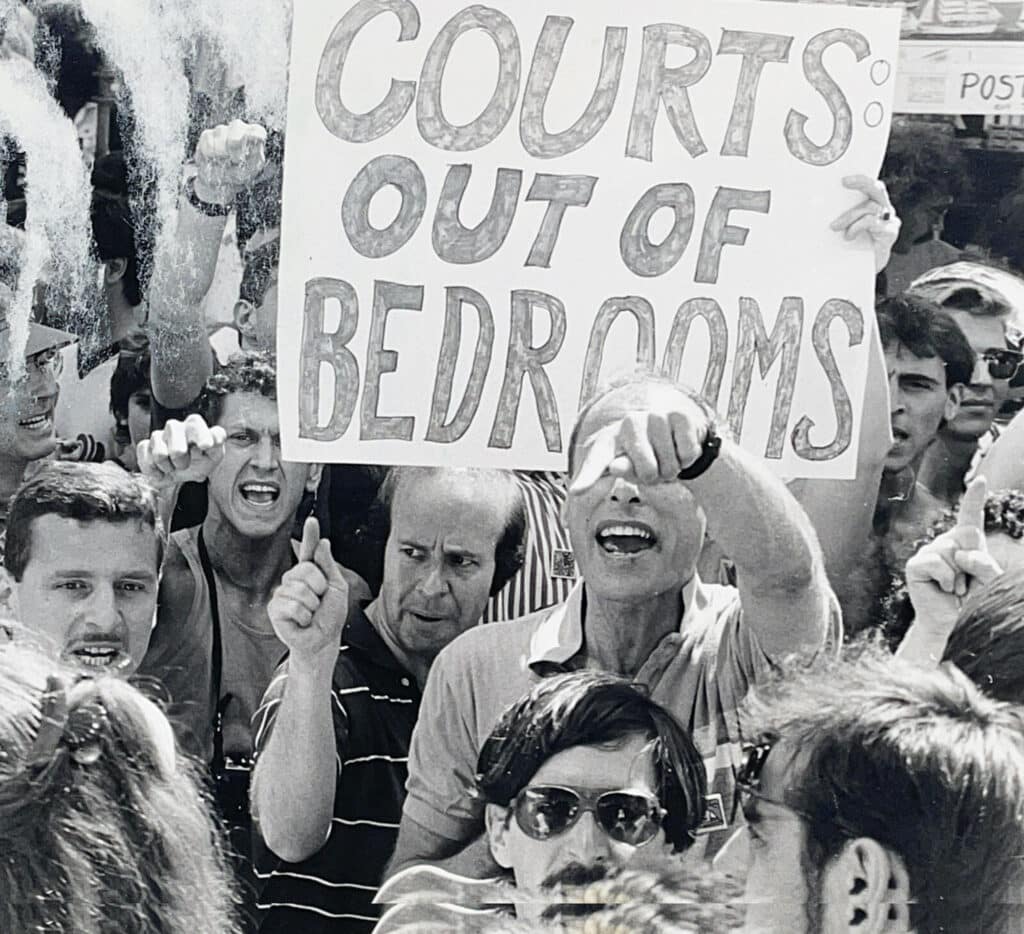
I was lucky to skip school one brisk October day and experience a real, bona fide New York City ticker tape parade. The sky rained paper through the canyons of the downtown skyscrapers in celebration of the New York Mets winning the 1986 World Series against the Boston Red Sox. Capturing Gary Carter’s champion exuberance as he burst into spontaneous cheer, whooping up the crowds who flanked the sidewalks, twelve deep, was a huge highlight that I wouldn’t know I caught until a few days later when I processed the film and developed the images.
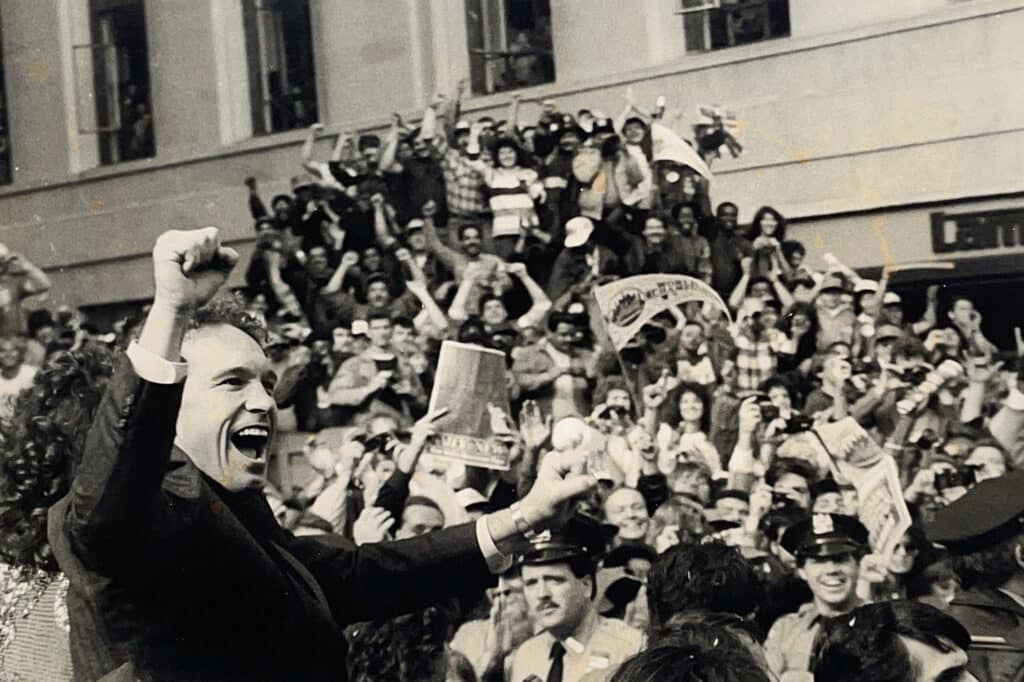
I often contemplate the path I may have taken if I pursued photography artistically or professionally. I often wonder what life would be like if I had followed my lens to find my dreams. My passion for photography remains strong, reminiscent of the echoing sounds of an 80s soundtrack in my attic, always bringing back memories of why I was drawn to it in the first place. I take thousands of photos a year, some of them from Block Island are here.
Photography is a deeply soothing form of expression for me and provides a deep sense of joy every time I can steal away to press the shutter and freeze time for all eternity.
You can view Mylerdude’s entire black-and-white collection from the 1980s and listen to his record collection at 80sphotokid.com.
